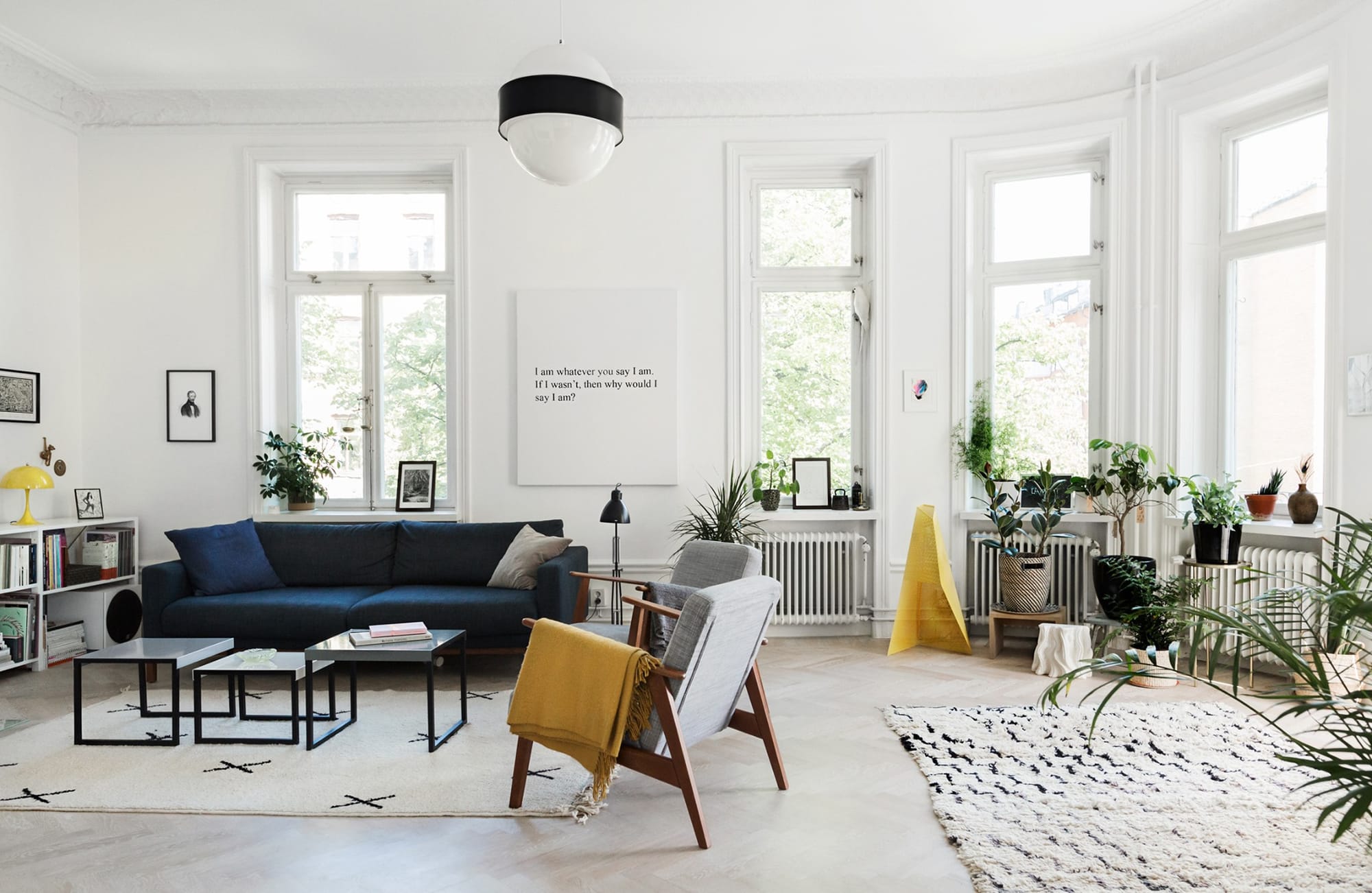
In my previous job at a branding agency, I was overcome by a strange sensation of detachment from the world around me. My colleagues seemed to possess an almost reverential devotion to beauty and an instinct for knowing when an aesthetic choice was “just right”.
Everything in the studio was carefully curated, from the mugs (the same as the ones Apple uses in its headquarters) to the imposing library filled with collectable coffee-table books and niche magazines. A typical lunchtime conversation bounced between the latest tier-zero sneakers, sleek countryside hide-outs, under the radar festivals, hi-tech fabrics, obscure fonts and single origin coffee beans. Every day, we indulged in a five-course lunch, complemented by a tastefully designed menu.
There was much to love, but I never felt able to embrace it to the full. The indulgent world of aesthetics inside the studio contrasted sharply with the barrage of upsetting news that showed the world outside sliding steadily into chaos.
Aesthetic exile, defined
What I experienced was equally wonderful and disturbing. To come to terms with it, I poured my feeling into an imaginary dictionary entry, and planted it in the Protein Forum:
Aesthetic exile is a wilful retreat from the realities of society, with the goal of surrounding oneself solely with sophisticated objects and fellow connoisseurs; “good taste” and high aesthetics providing an alternative moral compass; it can refer to a state of being, an act, as well as a person.
An aesthetic exile stops engaging with the complexities of the “real” world, instead finding meaning in the pursuit of well-calibrated beauty. I believe it goes hand-in-hand with news avoidance. You create a cushioned aesthetic bubble where external sorrows and realities don’t enter. Each idiosyncratic choice adds up to create an impression of harmony, or “congruence”, as the fashion and culture writer W David Marx calls it.
In my mind, aesthetic exile differs from ordinary consumerism, everyday snobbery or typical conspicuous consumption, in that it has a higher level of intent and immersion, similar to obsessively retreating into a world of books, a game or a sport.
Examples
Checking in to Il Convento di Santa Maria di Constantinopoli in Puglia (no wifi, no screens) is an act of aesthetic exile. Tyler Brûlé is an aesthetic exile by occupation – and he understands the contrast; he went from war correspondent, wounded in the Balkans (!) to founding the influential design magazines Wallpaper and Monocle. So is Evan Williams, formerly of Twitter and Medium, who founded an alternative social media app, Mozi, allowing users to check overlapping travel plans with globetrotting acquaintances.
At its most superficial, when I use the term aesthetic exile, I am describing the feeling evoked by independent magazines like Open House and estate agents The Modern House, who profile 40-somethings with beautiful homes who claim to have discovered a form of timeless wisdom, expressed through their interiors and fashion choices.
Starting “a pyjama brand inspired by literature”, as Francesca Ruffini did almost a decade ago, should also be considered an act of aesthetic exile. Sometimes a figure appears who bridges both worlds, like the photojournalist and menswear designer Robert Spangle, who divides his time between war zones and fashion weeks.
Although many aesthetic exiles I can think of are supported by a hedge-fund-owning spouse, inherited wealth or the sale of a company – Ruffini’s wealth, for instance, came from her husband, who founded Diesel – I don’t believe it’s something only the very rich can attain. Someone who furnishes a tiny apartment with great care may also fit the bill. So would the owner of a jazz-kissa worthy record collection or a gifted vintage hunter. Penniless art and design students probably understand the intricacies of aesthetic exile better than anyone, possessing an eye that money can’t buy. Home-swapping exclusively for creatives and design lovers, provided by the Spanish platform Behomm, requires membership of a taste community rather than money.
Why this matters
Is it a necessary escape or an immoral delusion? When the world is on fire, awash with bad news, seeking aesthetic exile becomes more tempting – as well as more questionable.
Protein contributor and journalist, Joe Muggs sees aesthetic exile as “an extreme version of something like cottagecore. A retreat into a fantasy aesthetic playground for the privileged... The kind of deluxe version you describe – essentially decadence incarnate – is always impossible, always a dream.” Adding a note of hope, he continues, “Real world aestheticism is never isolationist, it’s always an enquiry or a dialogue with wider culture.”
Muggs continues by unearthing a remarkably current work by a 19th century French author. In 1884, Joris-Karl Huysmans published Against Nature. Its protagonist is Jean des Esseintes, an aristocrat who withdraws to a secluded villa pursuing nothing but refined sensory sensations.
A decadent highlight in the book is des Esseintes’ poor pet tortoise, who succumbs to the weight of the jewels set in its shell.
Des Esseintes surrounds himself with exotic plants, precious stones and works of art, devours elaborate meals and immerses himself in perfume, music and literature. The withdrawal of the aesthete is a rejection of the values and tastes of the middle class.
What next?
In a world where the most uncouth and tacky have (for the time being) amassed the most power, the need for ways to distance ourselves from them is understandable. Instead of starting a political revolt or constructively engaging in society, we retreat into our own artificial paradise. The urge to seek comfort in a realm over which you have real control is not bound to slacken anytime soon.
When our personal influence on the public sphere is waning, caring deeply for the quality of our private pursuits and spaces seems a way of retaining some sense of ownership. However, I worry about the disengagement, with talented people withdrawing into their own little dictatorships of taste — the word decadence never appears anywhere without words of caution following suit.
As for the aesthetically superior agency where I worked: it had to close last summer, following financial turmoil. It may have drifted off too far from today’s realities.
| SEED | #8293 |
|---|---|
| DATE | 11.02.25 |
| PLANTED BY | EBELE WYBENGA |
| CONTRIBUTORS | JOE MUGGS |


